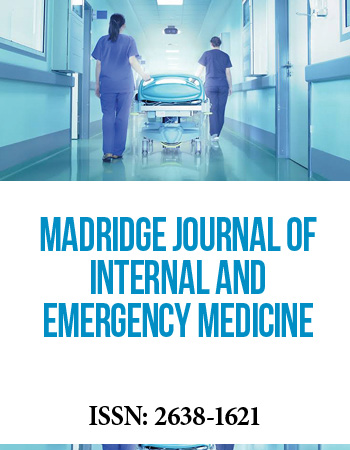International Translational and Regenerative Medicine Conference
April 25-27, 2018 | Rome, Italy
To Determine the Effects of FK1706 on Nerve Regeneration and Bladder Function Recovery following an End-To-Side Neurorrhaphy in Rat Models
Department of Urology, Hospital of Zhengzhou University, China
Method: The numbers of regenerated myelinated axons of the pelvic parasympathetic nerve (PPN), intravesical pressure (IVP), S100β and growth associated protein 43 (GAP43) expressions of 3 groups experimental rats including FK 1706 + ETS group, ETS group and the control were compared.
Results: In the FK1706 + ETS groups, 90% the rats showed that the frequency of FG labeled neurons was larger than the 3.5 cutoff value, 100% the rats showed that the frequency of FG-FB double-labeled neurons was larger than the 5.5 cutoff value (Table 1). Urodynamic analysis confirmed that the average maximum of IVP in FK1706 + ETS group reached 76.3% of the value in the control group. Their average number of myelinated axons of regenerated PPN reached 80% of the amount in the control group. The nerve regeneration-associated markers data obtained from West blot indicated that the expression level of S100β in FK1706 + ETS group was approximately 3-fold higher than that of ETS group (P< 0.05). The GAP43 expression level in FK1706 + ETS group was also significantly higher than that of ETS group (P < 0.05).
Conclusions: FK1706 effectively enhanced the nerve regeneration and bladder function recovery after end-to-side neurorrhaphy. This immunophilin ligand should be considered as a potential therapeutic agent for improving nerve regeneration and functional recovery after nerve injury and or neurodegeneration.
Keywords:FK 1706; End-to-Side Neurorrhaphy; Immunophilin ligands; Neurogenic bladder; Nerve regeneration.


